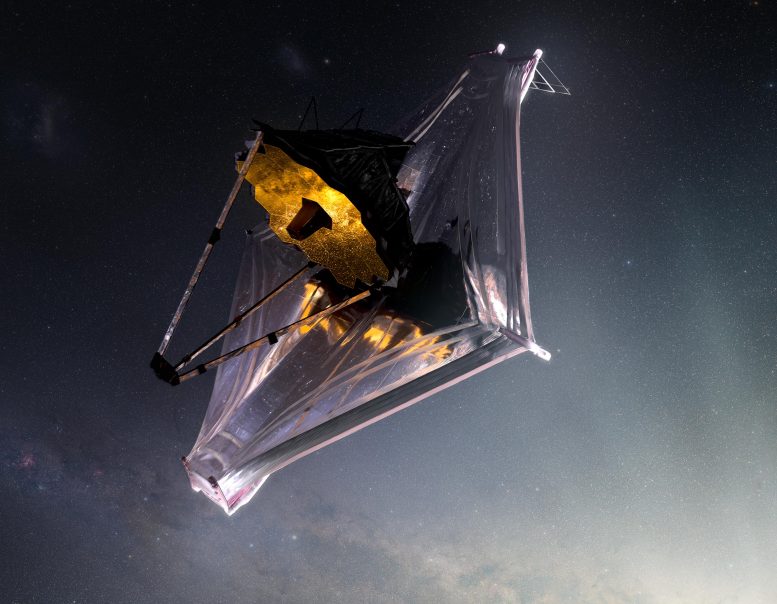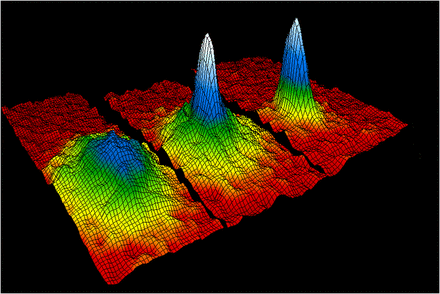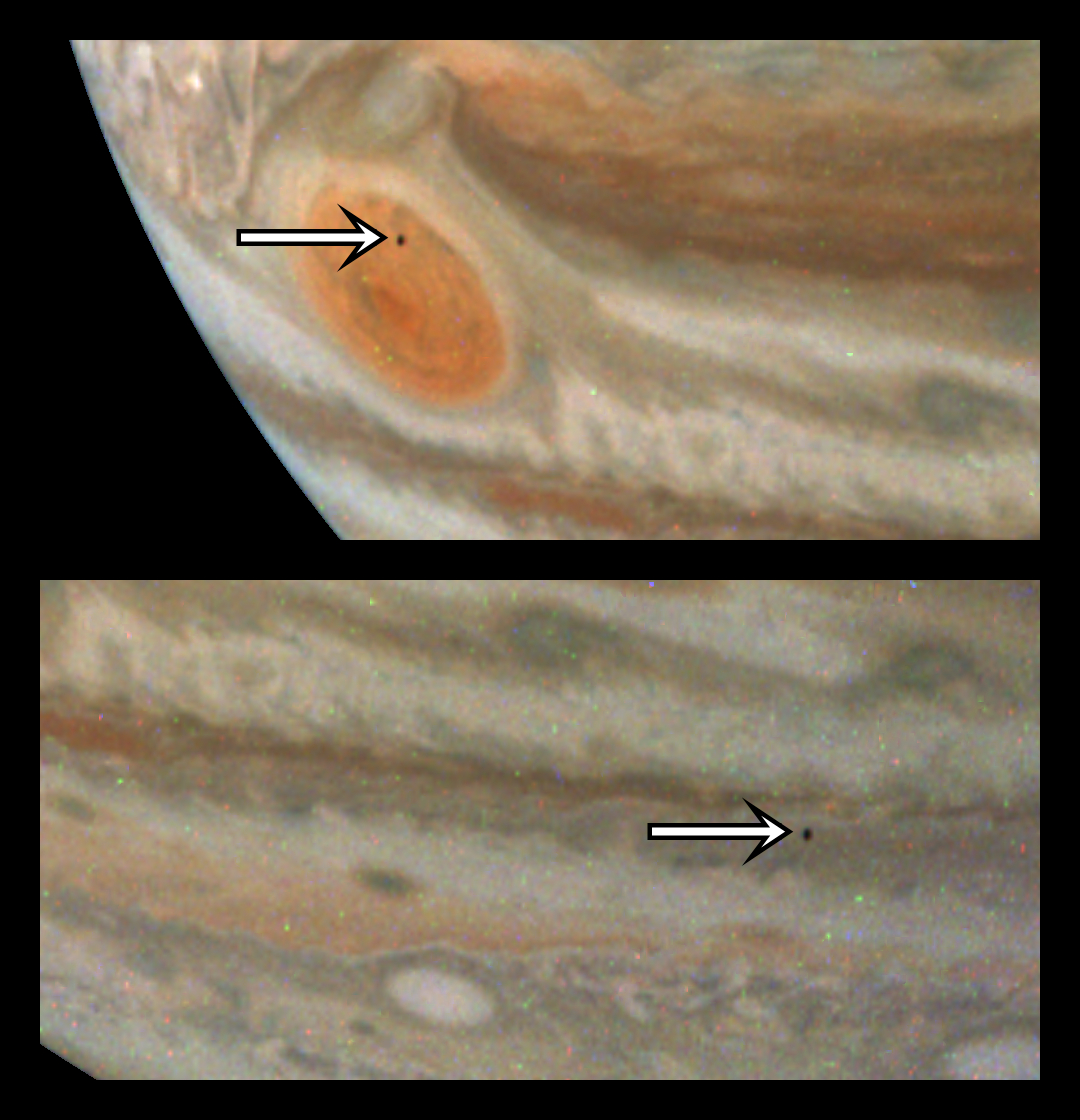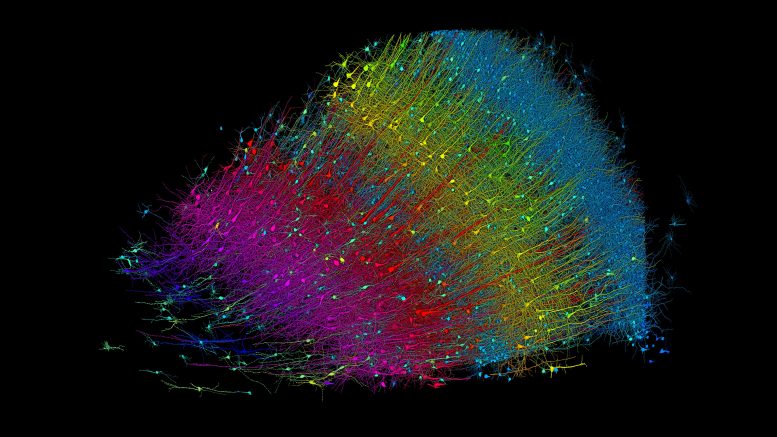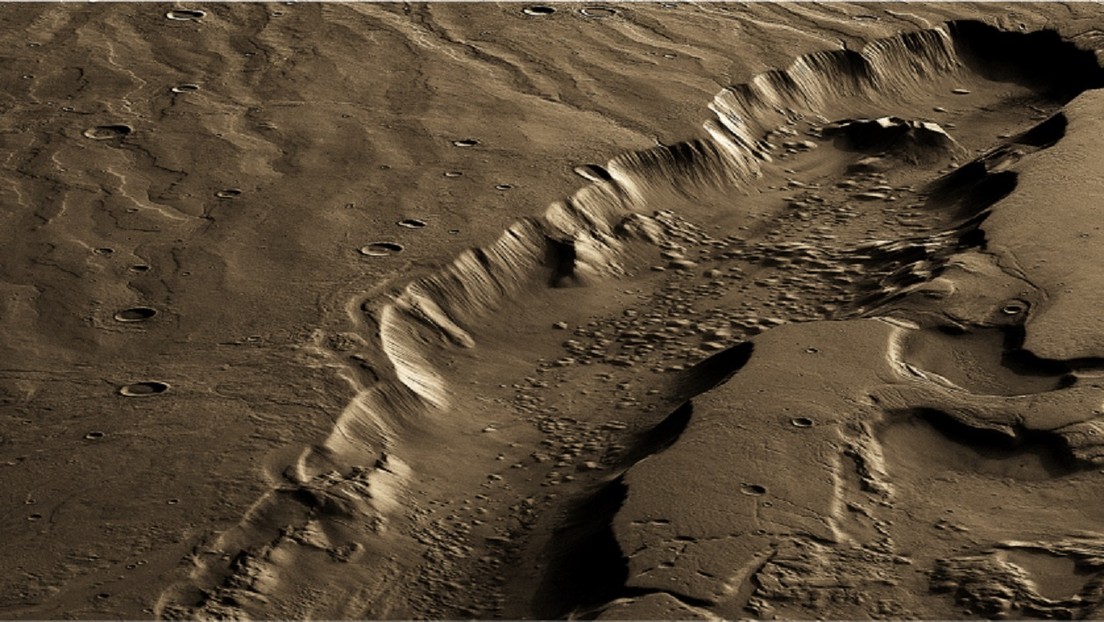Los científicos han roto dos capas de átomos magnéticos ultrafríos a una distancia de 50 nanómetros entre sí (diez veces más cerca que en experimentos anteriores), revelando extraños efectos cuánticos nunca antes vistos.
La extrema proximidad de estos átomos permitirá a los investigadores estudiar por primera vez las interacciones cuánticas a esta escala de longitud y podría conducir a importantes avances en el desarrollo de superconductores y computadoras cuánticasinformaron los científicos en un nuevo estudio publicado el 2 de mayo en la revista Ciencia.
Comportamientos cuánticos inusuales comienzan a surgir a temperaturas ultrafrías cuando los átomos se ven obligados a ocupar su estado energético más bajo posible. «En el régimen de nanokelvin, hay un tipo de materia llamada Condensado de Bose Einstein [in which] Todas las partículas se comportan como ondas». Li Du, dijo a Live Science un físico del MIT y autor principal del estudio. «Son esencialmente Mecánica cuántica objetos.»
Las interacciones entre estos sistemas aislados son particularmente importantes para comprender fenómenos cuánticos como superconductividad y superluminosidad. Pero la fuerza de estas interacciones generalmente depende de la distancia de separación, lo que puede crear problemas prácticos para los investigadores que estudian estos efectos; sus experimentos están limitados por lo cerca que pueden llegar de los átomos.
«La mayoría de los átomos utilizados en experimentos en frío, como los metales alcalinos, necesitan estar en contacto para interactuar», explicó Du. «Estamos interesados en los átomos de disprosio, que son especiales [in that they] pueden interactuar entre sí a largas distancias a través de interacciones dipolo-dipolo [weak attractive forces between partial charges on adjacent atoms]. Pero aunque existe esta interacción de largo alcance, todavía hay ciertos tipos de fenómenos cuánticos que no pueden realizarse debido a la debilidad de esta interacción dipolar. »
Relacionado: Dentro de la búsqueda de 20 años para desentrañar el extraño campo de la 'superquímica cuántica'
Trae el frio átomos reunirlos manteniendo el control de sus estados cuánticos es un desafío importante y, hasta ahora, las limitaciones experimentales han impedido a los investigadores probar completamente las predicciones teóricas sobre los efectos de estas interacciones cuánticas.
«En experimentos ordinarios, atrapamos átomos con luz, y esto está limitado por el límite de difracción, del orden de 500 nanómetros», explicó Du. (A modo de comparación, un cabello humano tiene entre 80.000 y 100.000 nanómetros de ancho, dependiendo de Iniciativa Nacional de Nanotecnología.)
Usando un rayo láser enfocado a través de una lente, los investigadores pueden crear un «punto focal gaussiano», que parece un pozo de energía dentro del rayo láser que atrapa átomos particulares en su posición. Esto se llama pinza óptica, pero el tamaño de la pinza (el ancho del pozo de energía) está limitado por la longitud de onda de la luz láser. Este ancho mínimo se llama límite de difracción.
El equipo de Du desarrolló un truco inteligente para superar este límite de difracción, utilizando otra propiedad cuántica de los átomos de disprosio: su espín. El espín atómico puede apuntar hacia arriba o hacia abajo, pero lo más importante es que tienen energías ligeramente diferentes. Esto significa que el equipo podría utilizar dos rayos láser diferentes con frecuencias y ángulos de polarización ligeramente diferentes para atrapar por separado la rotación hacia arriba y hacia abajo de los átomos de disprosio.
«Si el átomo A no ve la luz B y el átomo B no ve la luz A, básicamente tienen control independiente», explicó. «Dado que los átomos siempre están exactamente en el centro del haz gaussiano, puedes moverlos [the two different trapped particles] cerca arbitrariamente. » Al controlar cuidadosamente las dos pinzas ópticas, el equipo de Du acercó los átomos de disprosio que giraban hacia arriba y hacia abajo a una distancia de 50 nanómetros entre sí, aumentando la fuerza de interacción 1.000 veces en comparación con niveles de 500 nanómetros.
Una vez establecida esta bicapa, el equipo inició una serie de experimentos para estudiar las interacciones cuánticas de corto alcance. Calentaron una de las capas de disprosio, completamente separada de la otra por un vacío. Increíblemente, observaron la transferencia de calor a la segunda capa a través del espacio vacío.
«Normalmente se necesita contacto o radiación para que se transfiera el calor, algo que no tenemos aquí», explicó Du. «Pero todavía vemos transferencia de calor, y eso debe deberse a interacciones dipolo-dipolo de largo alcance».
La transferencia de calor aparentemente imposible fue sólo uno de los efectos extraños que estudió el equipo. Ahora quieren explorar más a fondo el potencial de las interacciones cuánticas a esta escala. El grupo ya está empezando a estudiar cómo interactúan estas bicapas con la luz. Pero Du está particularmente interesado en otro efecto cuántico, llamado emparejamiento Bardeen-Cooper-Schrieffer (BCS), un estado cuántico ligado experimentado por ciertas partículas subatómicas llamadas fermiones a bajas temperaturas.
«El emparejamiento BCS entre capas es muy importante para la superconductividad», dijo. «Hace varios años, un artículo teórico predijo que si tuviéramos este tipo de sistema bicapa, acoplado por interacciones dipolo-dipolo de largo alcance, podríamos formar un par BCS. Anteriormente, no podíamos verlo experimentalmente, pero ahora podría será posible con nuestro sistema”.

